Plants for Shady Gardens
All green plants possess chlorophyll where they harness the energy from the sun to make food, grow and flower. Without sufficient light, they will exhibit symptoms like elongated, weak new growth (etiolation) and a lack of flowers. They also become easily infested with pests or succumb to diseases, and eventually waste away.
Shady areas can be problematic for gardeners and horticulturists as there is a limited range of plants to choose from. To complicate the issue further, there are different levels of shade. The amount, duration and intensity of light to sustain plant growth vary from one shady spot to another. Hence it is vital to first know the type of shade experienced at a particular location and then choose the right plant.
Understanding Shade
- Partial shade refers to an area that receives between 4 and 6 hours of direct sunlight daily. An example would be an apartment corridor or balcony that faces east or west, that is, in the path of the sun.
- Dappled shade refers to an outdoor location where sunlight streams all day through branches of a tree or palm with a relatively open canopy. It is often described as relatively similar to partial shade.
- Full shade refers to an area that receives less than 4 hours of direct sun a day and gets only reflected or indirect light all day. This is often encountered in an apartment corridor or balcony that faces a direction that is not in the path of the sun, such as a north- or south-facing location.
- Dense shade (also called “deep shade”, and “heavy shade”) refers to an area that receives no direct sunlight all day with very little reflected light. Such areas are found inside buildings. No plant can thrive for long under such conditions. It is a misconception to think that plants can survive inside hotel lobbies or shopping centres. Such plant displays are periodically changed to ensure the displays always look good.
A Selection of Plants for Shady Gardens
Parasol Palm (Licuala orbicularis)
The Parasol Palm features almost round leaves with a pleated texture. It is best grown in partial to full shade.
This palm species grows in the understorey of the rainforest, under partial to full shade. It features nearly-round leaves with a pleated texture that are distributed attractively around the plant. This palm looks best when several individuals are grown together in a colony.
This palm is very slow-growing. It can be grown in a pot with moist, friable (easily crumbled) soil mix that is rich in organic matter or in a well-draining location in an outdoor garden. Just note not to grow it in windy locations.
Orchidantha
Orchidantha is a slow-growing plant with a lush clump of dark green strap-like leaves. It is one of the few plants capable of growing in dense shade.
Orchidantha is a relatively unknown genus of flowering plants that is distantly related to gingers and bananas. The genus nameOrchidantha means “orchid flower”, as the flowers that are produced near the base of the plant resemble orchids.
Plants from this genus are slow-growing, with lush clumps of dark green strap-like leaves. They are capable of growing in dense shade and can be cultivated in a pot with moist, friable soil mix that is rich in organic matter, or in a well-draining location in an outdoor garden.
Tassel Fern (Huperzia)
Tassel Ferns have pendulous stems that hang gracefully and are excellent for growing on vertical gardens in shady locations. Shown here is the Blue Tassel Fern (Huperzia goebelii).
Several species of the Tassel Fern are now available for purchase in nurseries. The species commonly sold are epiphytic and they are best grown mounted against a well-aerated but moisture-retaining soilless media, such as pine bark.
This plant demands high humidity to thrive and is best protected from wind. It should be placed in a location with partial shade and not be exposed to direct sunlight. Tassel Ferns have pendulous stems that hang gracefully and are excellent candidates for growing on vertical gardens at shady locations.
Shingle Plant (Rhaphidophora korthalsii)
The Shingle Plant is an interesting climber with juvenile, heart-shaped leaves that grow so closely that they almost overlap one another. It prefers a cool and moist surface to climb on, such as a tree trunk or brick wall – give it a large vertical space exposed to partial shade for best results.
Bat Lily (Tacca)
The Bat Lily is an unusual plant with flowers that are somewhat bat-shaped and come with long ‘whiskers’! In nurseries, one may find two species of Bat Lilies, namely, the White Bat Lily (Tacca integrifolia, with white bracts) and the Black Bat Lily (Tacca chantrieri, with black bracts), which is shown above.
This plant grows as a rosette and it should not be buried too deeply as the crowns will rot. It is best grown in partial shade and well-drained soil that is kept moist, but not soggy. High humidity is a must.
Blue Pussyleaf (Nelsonia canescens)
The Blue Pussyleaf can form a dense carpet on the ground and is best grown in a moist location exposed to partial to full shade. It produces white, furry inflorescences.
The Blue Pussyleaf is a plant that features trailing stems which are densely covered with soft hairs. It produces white, furry inflorescences, where tiny white flowers peak out from in between the bracts. Capable of forming a dense carpet, the Blue Pussyleaf is best grown in a moist location exposed to partial to full shade.
Variegated Primrose (Asystasia gangetica ‘Variegata’)
The Variegated Primrose is a ground cover plant with highly ornamental leaves that are splashed with yellow. It can form a dense carpet and is best grown in partialto full shade.
A unique cultivar of the species that rarely flowers, the Variegated Primrose makes up for its lack of flowers by having ornamental leaves that are splashed with yellow. It is a creeper that is capable of forming a dense carpet and is best grown in a moist location exposed to partial to full shade.
By Dr Wilson Wong
| Join us at Gardener’s Day Out at HortPark on 8 September 2012 where we have several activities and programmes laid out for you, including a talk on shade plants and terrarium workshop. Visit ourwebsiteor email us atNParks_HortPark@nparks.gov.sgfor more information. |
Have views or comments on this article? Let us know via this form. If you would like to give us feedback on any other areas relating to our parks and gardens, please submit via https://www.nparks.gov.sg/feedback


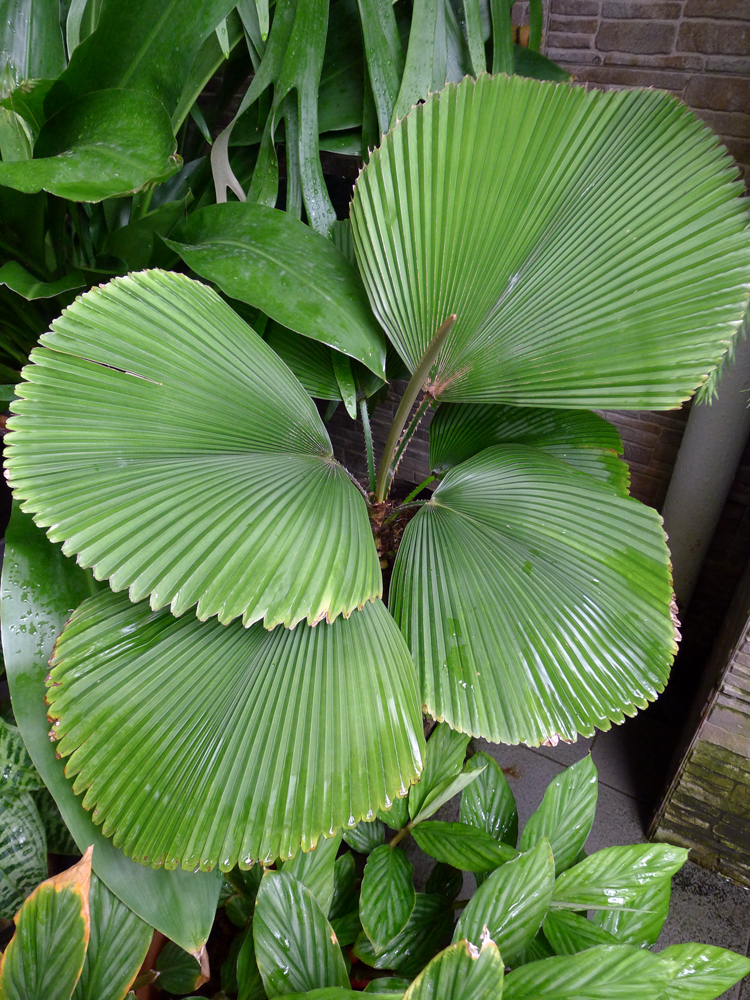

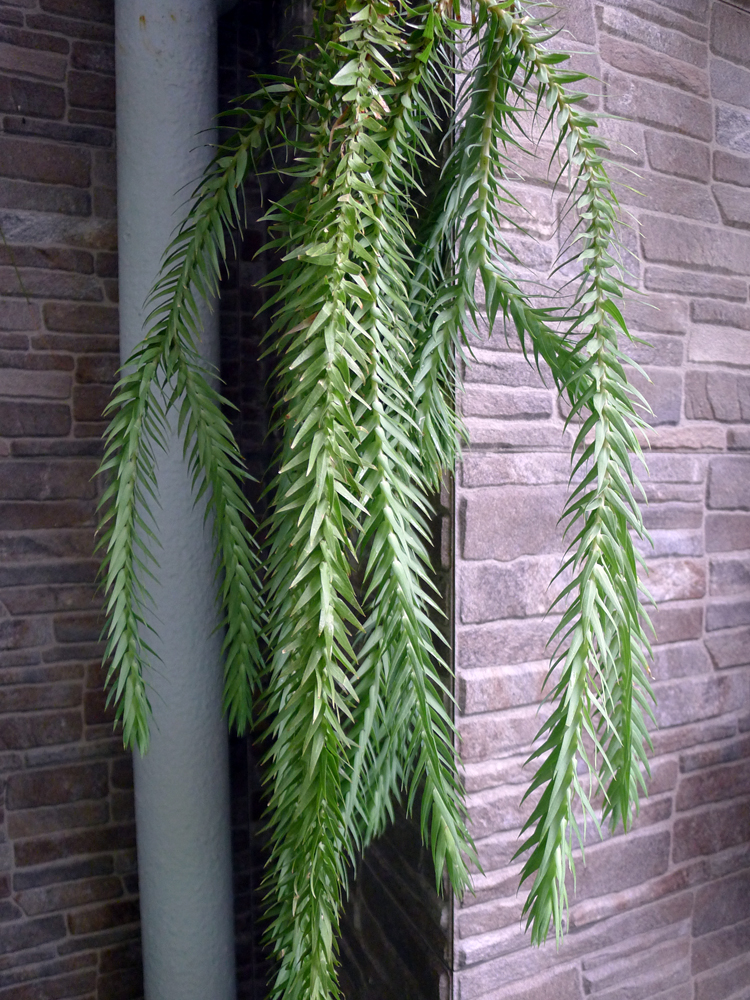


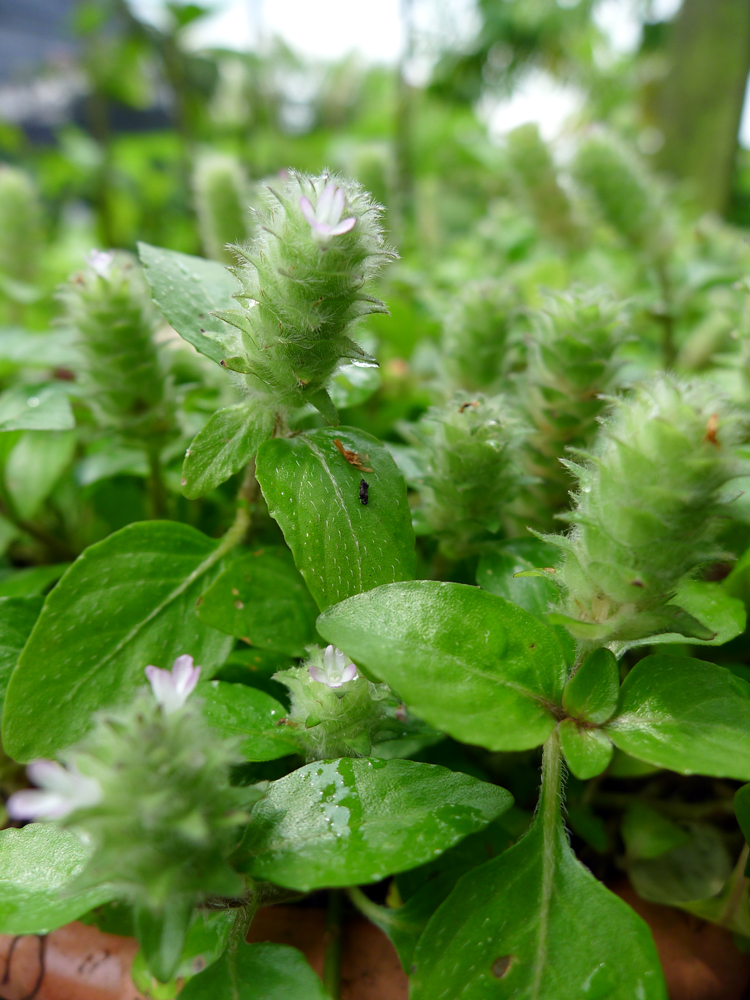
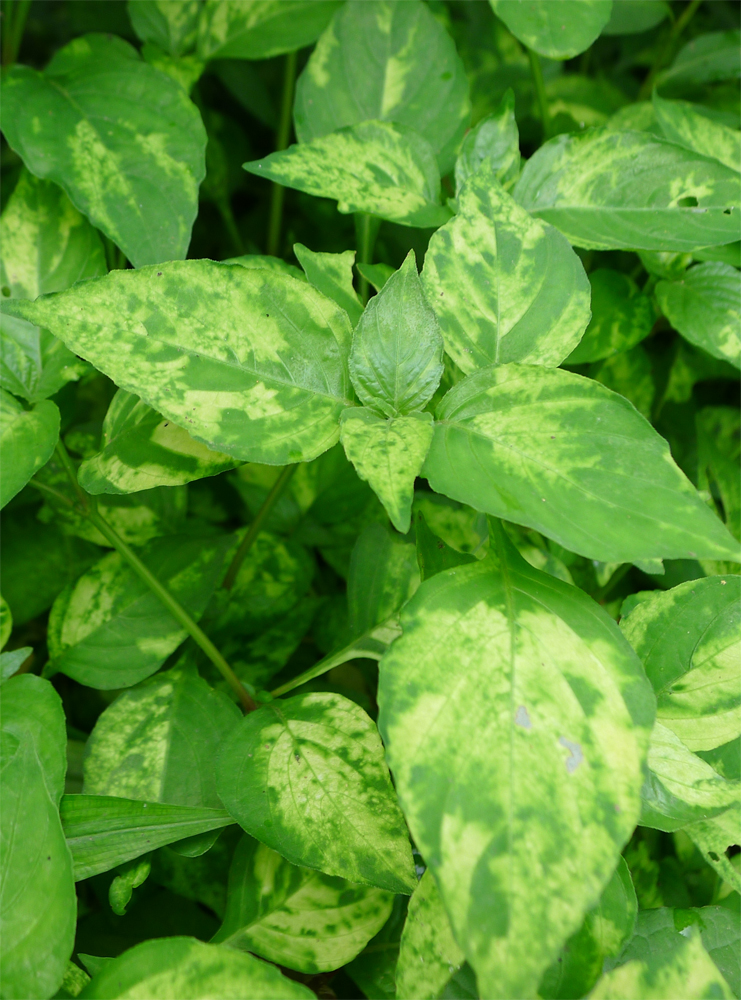
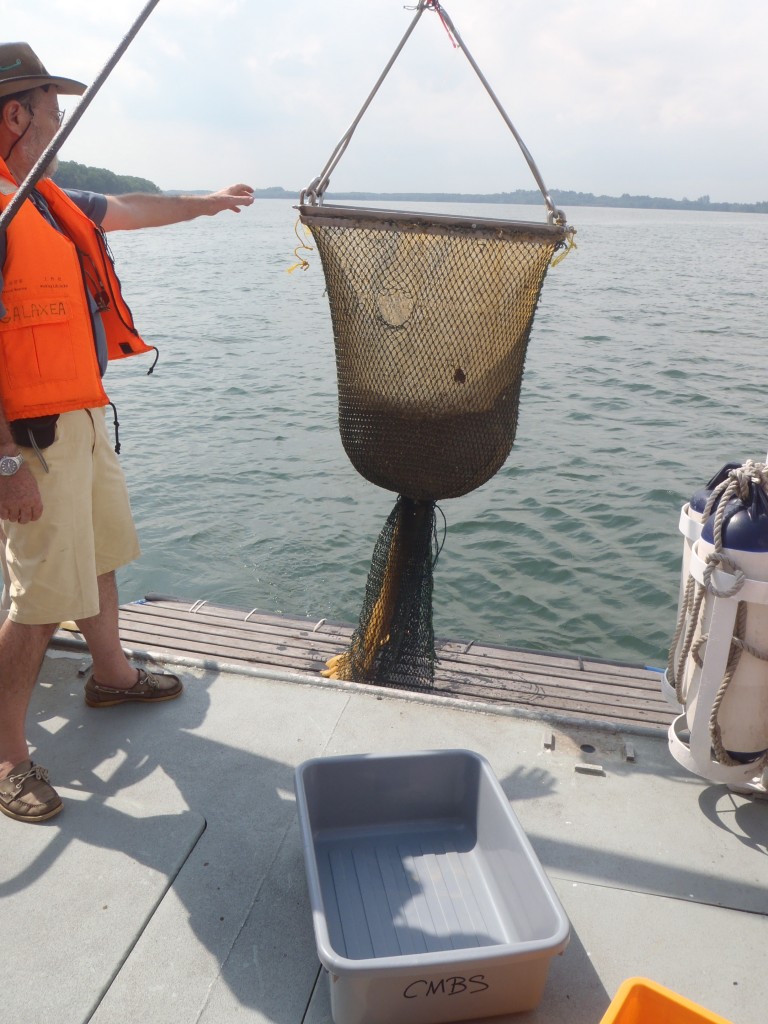
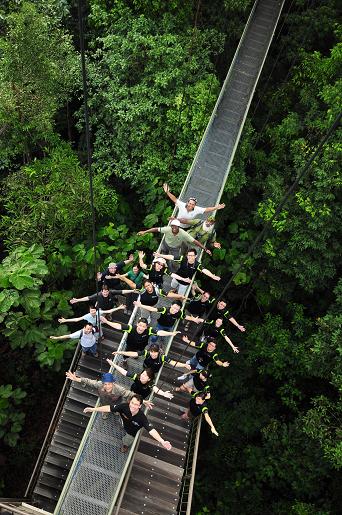
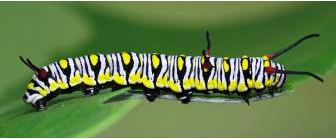
Terence Teo 7/8/2015 2:12:12 PM